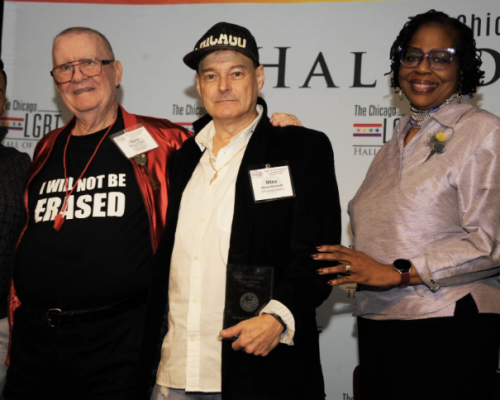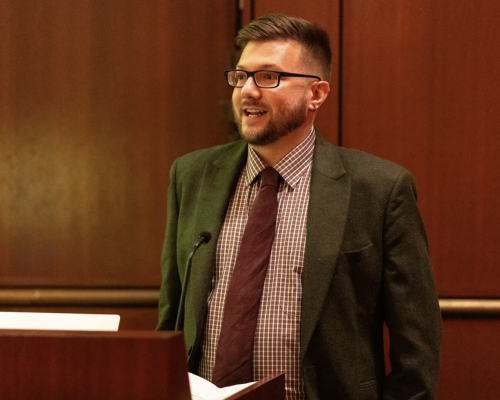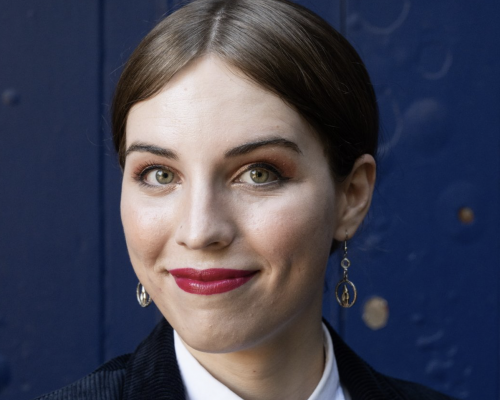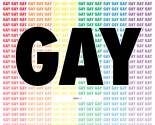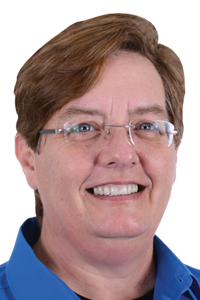
Gender income disparity has little impact on LGBTQ media
by Joe Siegel
Gay male couples have a significantly higher household income than lesbian couples, according to the results of a new study conducted by the Hamilton Project of the D.C.-based Brookings Institution, a nonprofit public policy research organization.
“The authors of the report by the Hamilton Project point to U.S. Census Bureau data showing that same-gender female couples had the lowest median family incomes, even though they were more likely than opposite-gender couples to have two income earners, have higher education, and live in a densely populated area, which the study says are characteristics associated with higher incomes,” read a story by Lou Chibbaro of the Washington Blade.
“Adult men in same-gender couples have the highest family incomes regardless of marriage status,” according to the report. “On average, the family income for married men in same-gender relationships is 31 percent higher than married women in same-gender relationships, and 27 percent higher than opposite-gender married couples. … The income gap for men in unmarried partnerships is 36 percent higher than unmarried women in same-gender partnerships, and 38 percent higher than opposite-gender unmarried couples.”
So what impact, if any, does the disparity in earned income between gay male couples and lesbian couples have on the editorial and advertising content of LGBTQ media?
“We have never, and would never, make any editorial decisions based on what our readers make or their financial situation,” said Tracy Baim, editor of Chicago-based Windy City Times. “We try to cover all parts of the community, especially those who are marginalized for any reason, including economics. As for advertising, yes, many advertisers do base decisions on economics, and most have always stereotyped the LGBTQ community as young, white, cisgender, male and well-off financially. But we have always known that was just a part of our movement, and made sure it did not distort our coverage.”
“This study is in line with other studies over the years, and as in the past doesn’t change Philadelphia Gay News’ mission since our journalism must be inclusive of all segments of the community,” explained publisher and founder Mark Segal. “As an example, we cover high-end LGBT co-ops as well as LGBT affordable housing, we cover LGBT youth programs as well as elder programs. If we cover the full range of our community, advertisers who serve those various parts of our community [will] follow.”

Tammye Nash, managing editor of the Dallas Voice, says her newspaper is “certainly aware of the difference in income levels between female same-sex couples and male same-sex couples. We’ve been talking about — and writing about — that for years. In fact, the first time I remember Dallas Voice participating in the CMI (Community Marketing Inc.) survey, back in the early 1990s, that was one of the results that drew a lot of attention. We know, of course, that women in general make less money, so it’s obvious that two women in a couple will make less than two men in a couple.
“While the gender wage gap is closing — from about 28 percent difference in 1990 to about 16 percent in 2020 — it is still significant. And of course there are other factors: Lesbian couples are more likely to have children than gay male couples, since women often have children from previous relationships. … And, speaking purely from personal experience here, women in their 20s, 30s and 40s often pay more for insurance, since their ability to — if not their likelihood to — get pregnant makes them a higher risk of costing the insurance company money.
“All that said, while we have reported on the income disparities many times, I don’t think that has been a factor in shaping our arts and entertainment coverage,” Nash continued. “Our focus there is more about working to create a balance in representation and to offer diverse coverage for a diverse readership.”
TOP STORY
Volume 24
Issue 1

